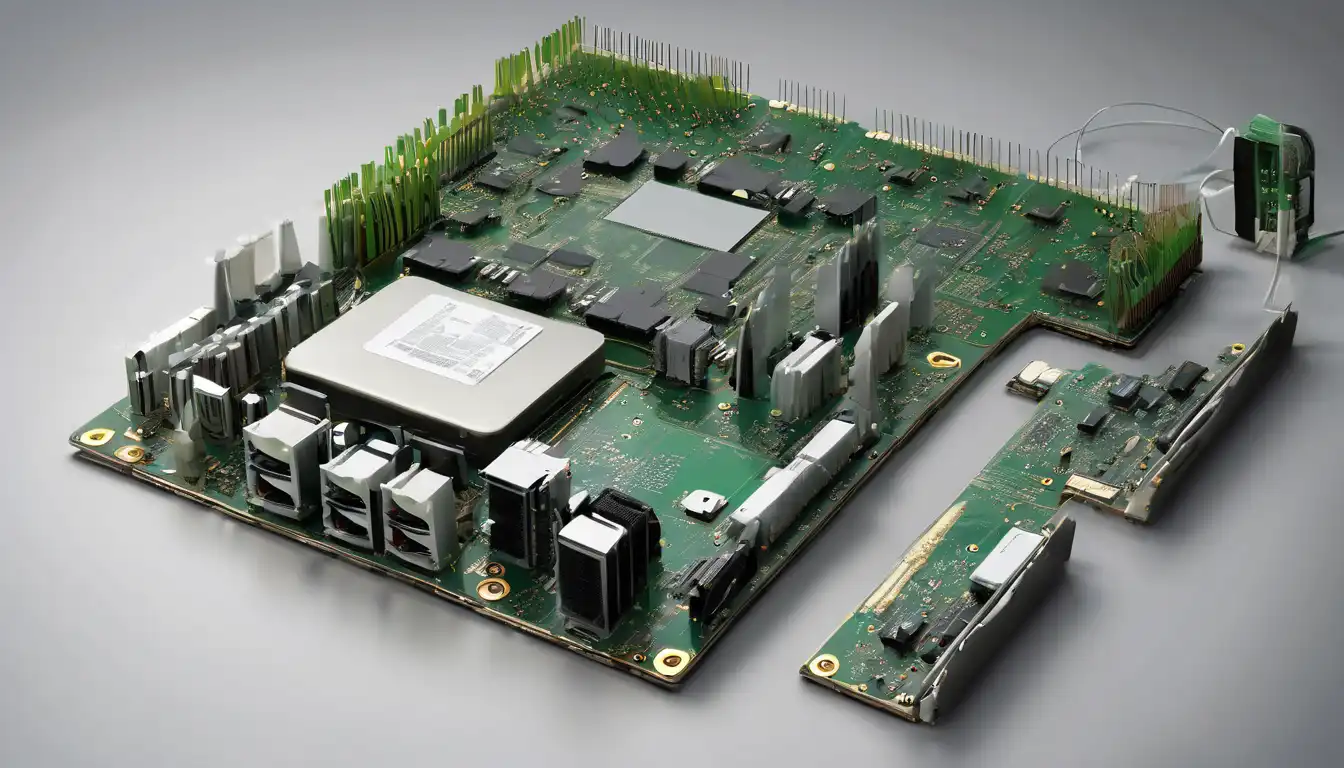Embracing Sustainable Computing Through Eco-Friendly Hardware
As digital transformation accelerates globally, the environmental impact of computing infrastructure has become increasingly significant. Sustainable computing represents a crucial shift toward environmentally responsible technology practices, with eco-friendly hardware solutions at the forefront of this movement. These innovations not only reduce carbon footprints but also deliver long-term cost savings and improved performance.
The Environmental Challenge of Traditional Computing
The technology sector accounts for approximately 4% of global greenhouse gas emissions, a figure that continues to grow as digital dependency increases. Traditional computing hardware contributes significantly to this environmental burden through energy consumption, electronic waste generation, and resource-intensive manufacturing processes. Conventional data centers alone consume about 1% of global electricity, highlighting the urgent need for sustainable alternatives.
Electronic waste represents another critical concern, with millions of tons of discarded hardware ending up in landfills annually. This e-waste contains hazardous materials that can leach into soil and water systems, posing serious environmental and health risks. The manufacturing process for standard computing equipment also involves substantial water usage, mineral extraction, and energy consumption, further compounding the ecological impact.
Key Eco-Friendly Hardware Solutions
Energy-Efficient Processors and Components
Modern processors designed with energy efficiency in mind represent a significant advancement in sustainable computing. Companies like Intel and AMD have developed chips that deliver superior performance while consuming substantially less power than previous generations. These energy-efficient processors incorporate advanced power management features that dynamically adjust energy usage based on workload demands.
Other components, including solid-state drives (SSDs), low-power memory modules, and efficient power supply units, contribute to overall system sustainability. SSDs, for instance, consume up to 80% less power than traditional hard disk drives while offering faster performance and greater reliability. When selecting components for building an eco-friendly PC, prioritizing energy efficiency ratings can significantly reduce environmental impact.
Modular and Upgradeable Systems
Modular computing hardware represents a revolutionary approach to sustainability by extending product lifespans and reducing e-waste. These systems allow users to upgrade individual components rather than replacing entire devices, dramatically decreasing electronic waste generation. Framework laptops and similar modular devices demonstrate how standardized, replaceable parts can transform the technology lifecycle.
The benefits of modular systems extend beyond environmental considerations. Users enjoy greater flexibility, cost savings through targeted upgrades, and reduced dependency on manufacturer-specific components. This approach aligns perfectly with circular economy principles, where products are designed for longevity, repairability, and eventual recycling.
Sustainable Manufacturing Practices
Leading hardware manufacturers are increasingly adopting sustainable production methods that minimize environmental impact. These practices include using recycled materials, reducing water consumption during manufacturing, and implementing renewable energy sources in production facilities. Some companies now incorporate ocean-bound plastics and other post-consumer recycled materials into their products.
Carbon-neutral manufacturing processes represent another critical advancement. Companies achieve this through energy efficiency improvements, renewable energy adoption, and carbon offset programs. When evaluating eco-friendly devices, considering the manufacturer's environmental commitments provides valuable insight into overall sustainability.
Implementing Sustainable Computing Solutions
Data Center Innovations
Modern data centers have embraced numerous sustainable practices that significantly reduce their environmental footprint. Liquid cooling systems, advanced airflow management, and waste heat recycling represent just a few innovations transforming data center efficiency. Some facilities now use artificial intelligence to optimize cooling systems in real-time, reducing energy consumption by up to 40%.
Renewable energy integration has become increasingly common, with many major technology companies committing to powering their data centers with 100% renewable energy. Geographical placement near renewable energy sources and the implementation of on-site solar or wind generation further enhance sustainability. These advancements demonstrate how large-scale computing infrastructure can operate responsibly while meeting growing demand.
Consumer and Business Applications
Both individual users and organizations can implement sustainable computing practices through conscious hardware selection and usage patterns. Energy Star certified devices, which meet strict energy efficiency guidelines, provide an excellent starting point for environmentally conscious purchasing decisions. Proper device maintenance, including regular cleaning and software updates, can extend hardware lifespan and improve efficiency.
Businesses can develop comprehensive IT sustainability policies that prioritize energy-efficient equipment, responsible disposal practices, and employee education. Implementing power management settings, consolidating servers through virtualization, and adopting cloud computing solutions can further reduce environmental impact while maintaining operational effectiveness.
The Future of Sustainable Hardware
Emerging technologies promise even greater advances in eco-friendly computing hardware. Biodegradable electronics, which break down safely at end-of-life, represent an exciting frontier in sustainable technology development. Researchers are exploring organic semiconductors and other novel materials that could revolutionize hardware manufacturing while minimizing environmental harm.
Quantum computing, though still in early stages, holds potential for solving complex environmental challenges while operating with unprecedented efficiency. Similarly, neuromorphic computing systems, which mimic the human brain's energy-efficient processing, could dramatically reduce power consumption for specific computational tasks. These innovations, combined with ongoing improvements in traditional hardware, suggest a promising future for sustainable computing.
Making Informed Choices
When selecting eco-friendly hardware, consumers should consider multiple factors beyond initial cost. Energy consumption over the device's lifespan, manufacturing environmental impact, repairability, and end-of-life recyclability all contribute to overall sustainability. Third-party certifications like EPEAT and TCO Certified provide valuable guidance by evaluating products against comprehensive environmental criteria.
Proper disposal of outdated equipment represents another critical aspect of sustainable computing. Many manufacturers and retailers offer recycling programs that ensure responsible handling of electronic waste. Before replacing functional hardware, consider whether upgrades or repairs could extend usability, reducing both environmental impact and costs.
The transition to sustainable computing requires collective effort from manufacturers, businesses, and individual users. By prioritizing eco-friendly hardware solutions and adopting responsible usage practices, we can significantly reduce technology's environmental footprint while continuing to benefit from digital innovation. As awareness grows and technology advances, sustainable computing will increasingly become the standard rather than the exception, creating a greener future for the digital world.
